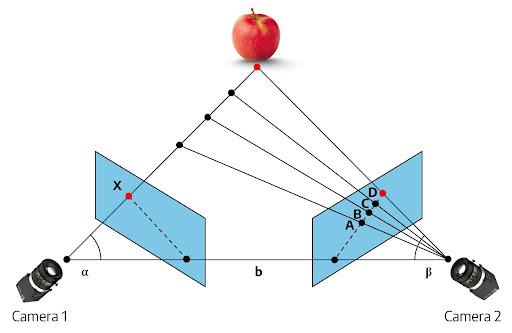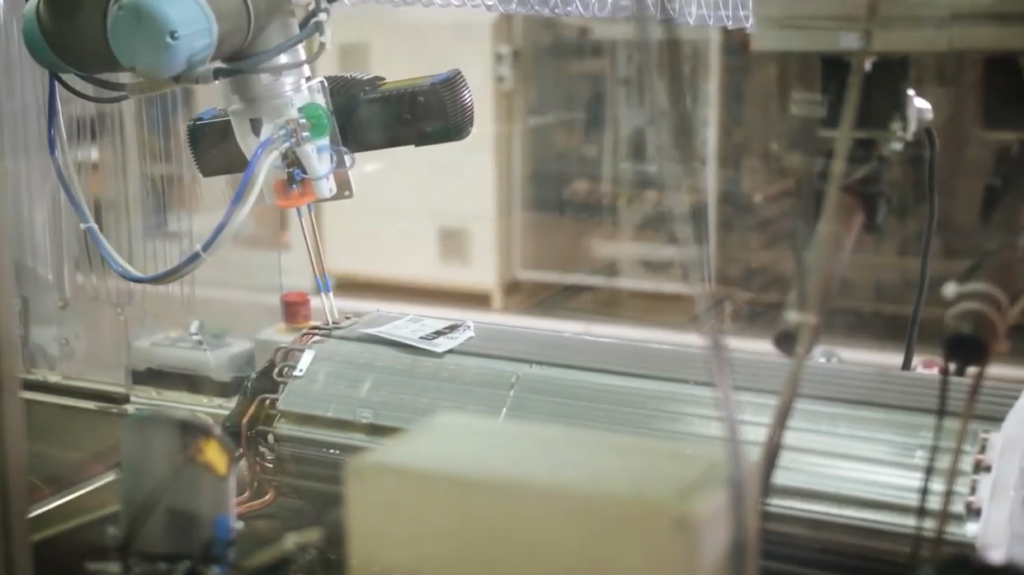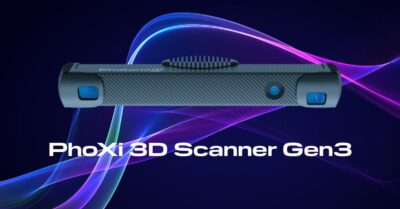
How is 3D machine vision transforming manufacturing processes?
As an element of Industry 4.0 – the ultimate revolution in the manufacturing domain, the sector has been adopting numerous automation technologies. One innovation that has resulted from this revolution is the development of machine vision systems. The capability to see through what’s happening on the manufacturing floor has led to greater agility, fewer breakdowns, and quicker responses to shifting conditions.
Automated systems have spent the vast majority of their existence confined to a flat, two-dimensional plane. But, the three-dimensional machine vision is now mature enough to transform the manufacturing & production industry completely.
How 3D machine vision works
3D machine vision employs 3D cameras that provide robots with data and information pertaining to particular parts. These three-dimensional cameras can be installed at various locations to create 360-degree, multi-angle images for surface and volume inspection.
The topographical map results from reflected laser displacement. Taking images from two distinct angles facilitates you in getting the 3D data of the image. Then, the separation between each perspective in 3D space is computed. There’s some installed software that can do some substantial image processing and analysis. To evaluate an object with machine vision software, a PC-based machine vision system is hardwired to vision cameras and image capture boards.

Regarding the integration of 3D machine vision & CNC machining, machine vision systems are effective in a CNC machine environment, particularly concerning safety, setup verification, and workpiece localization when operating in tandem with a Desktop CNC Mill setup.
Prominent applications of 3D machine vision in manufacturing
Quality control automation
The credibility and commercial success of a manufacturing business depend on the reliability of its products and the satisfaction of its customers. With the advent of Industry 4.0, machine vision has become an integral part of quality control, allowing for the instantaneous detection of product flaws. Best-in-class 3D scanners like the PhoXi 3D Scanner keep a close eye on even the smallest to the most complex parts during production, eliminating the need for manual testing and inspection, thanks to their static scene scanning capabilities. It keeps full batches from being discarded as defective.

Currently, 3D machine vision solutions like the ones from the PhoXi family get employed in various industries for quality control purposes. For instance, 3D scanners can produce precise real-time assessments of product dimensions at every stage in facilities that create products with particular dimensions, including paver blocks, lumber, or tubing and piping. Product dimensions that deviate from the allowed range will immediately alert the operator and stop the line. Reduced operational costs due to discarded items are one of the many benefits of using machine vision for quality assurance.
Resource optimization
Managing a manufacturing company’s resources effectively is directly linked to its bottom line in today’s cutthroat business climate. The use of 3D machine vision has increased precision in many industries, leading to less waste and less need for the planet’s limited resources. The sophisticated, smart scanner solutions create a digital replica, and then an automated system utilizes simulations to figure out how best to use the material. The performance of the manufacturing lines can be further optimized by analyzing the collected data on the process control over time.
For instance, sawmills can now make use of log rotation automation facilitated by advances in 3D machine vision. Human judgment was formerly required to optimize plank yield from a log, but now the scanned data can be processed to provide optimal results. High-speed machine vision technology detects misshaped boards instantly, maintaining product quality and preventing unnecessary waste. Enhanced precision and accuracy in manufacturing is a long-term benefit that may be realized with the help of machine vision. As a result, a sawmill can safely use cutting-edge technology, such as smaller targets or finer saw blades. Both improvements will lead to a rise in efficiency and, more importantly, revenue.
Enhancing efficiency and safety
In the past, a production line’s most crucial processes necessitated human intervention and judgment. Because of this, maintaining a constant rate of production and high standard of quality was challenging, and efficiency could not be increased without compromising workers’ safety. The introduction of 3D machine vision has made it possible for machines to make decisions according to the data collected by the 3D scanner, providing a fully automated solution made possible by the advent of Industry 4.0. The result is a more efficient and secure manufacturing facility that requires fewer workers to maintain the same output level.
For instance, let’s consider the case of moving objects inspections. To minimize the amount of time the conveyor and manufacturing process gets stopped for inspections of stamped/molded items, businesses implement fixed intervals at which these checks are performed. Given the time and costs involved, this method is typically applied only once per 50th or 100th unit produced.

MotionCam-3D offers dynamic scene scanning that allows rapid error detection and correction, guaranteeing constant quality control. This way, the business doesn’t need to sacrifice its throughput levels to ensure product quality.
Conclusion
3D-machine vision benefits a manufacturing setup immensely in terms of quality, productivity, and cost. 3D-machine vision is superior to 2D methods in high-throughput manufacturing processes because it provides a more comprehensive overview of the component. Machines equipped with this game-changing technology can adapt to new circumstances and overcome challenges without demanding additional instructions.
Would you like to know how machine vision solutions can help improve your processes?



